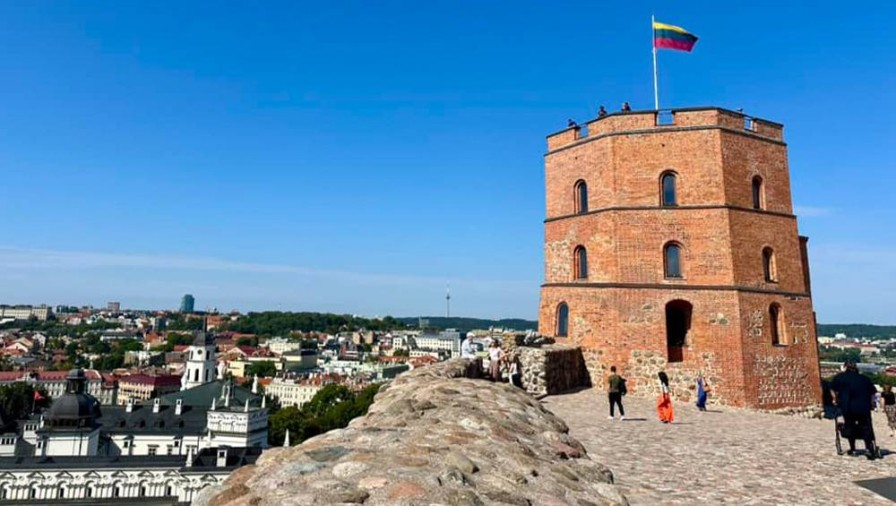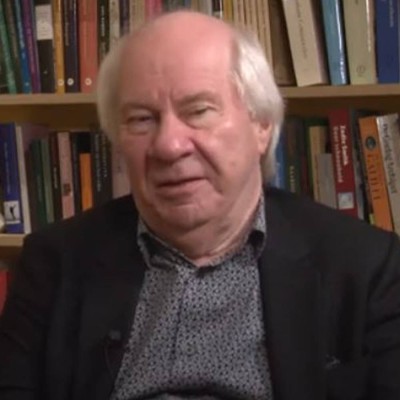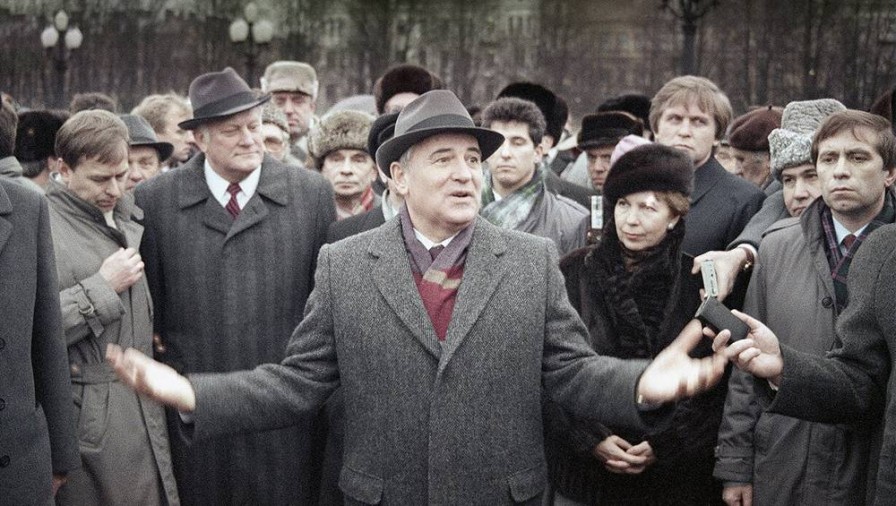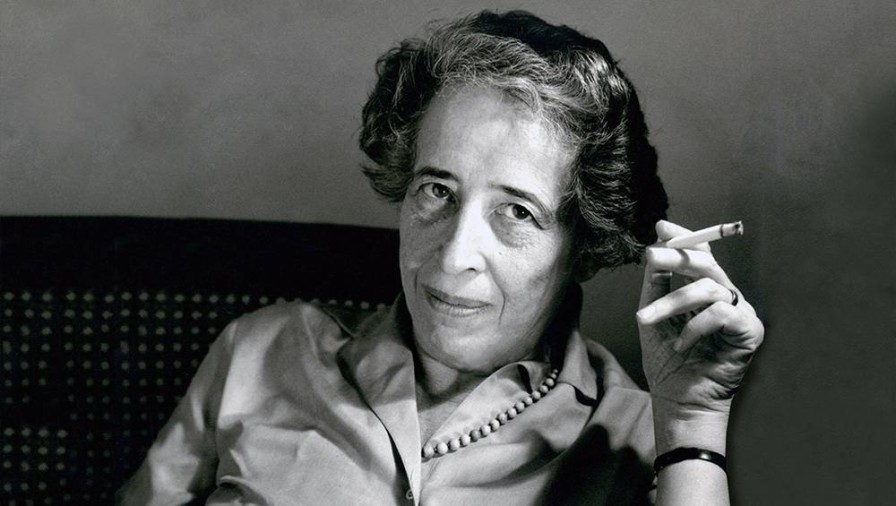Baltic lessons: How three small nations survived the 20th century
Living in Russia’s shadow hasn’t broken these thriving democracies.
Baltic Souls: Remarkable life stories from Estonia, Latvia, and Lithuania, by Jan Brokken.
Living in Russia’s shadow hasn’t broken these thriving democracies.
Baltic Souls: Remarkable life stories from Estonia, Latvia, and Lithuania, by Jan Brokken.
When the 20th century ended, New Zealand was ranked sixth in the UN’s Human Development Index (HDI), a measure of a country’s standing in health, education, and standard of living. In the latest rankings, based on 2022 figures, New Zealand had slipped 10 places – one of the worst performances in the top 40 countries rated as ‘very high’.
The Economist ranked New Zealand at 33rd among the OECD’s 37 members for overall performance in 2024. Only Latvia – 36th, and Estonia – 37th, did worse. However, Lithuania, the third of the three Baltic nations, came in eighth thanks to a 2.2% surge in GDP growth.
These countries are often compared with New Zealand due to their small populations (an aggregate of six million plus 450,000 in Kaliningrad, a Russian exclave). Their unique native languages haven’t stopped them from adopting globalist policies. All three entered the 21st century inside the top 40 in the HDI and have maintained that position. Estonia ranks 31st, just ahead of the other two.
The pro-business Legatum Prosperity Index also ranks Estonia at 31, followed by Lithuania at 40 and Latvia at 41. New Zealand is at 10, a drop of three places.
One of the newest rankings, the Global Sustainable Competitiveness Index (GSCI), takes a different approach. It uses 116 quantitative indicators to measure a country’s current and future capability to generate or sustain financial and non-financial income and wealth.

The Gediminas tower overlooks Vilnius, capital of Lithuania. Photo: Glyn Jones.
I was shocked to find New Zealand’s ranking at 27th (down from 14th in 2022) was below the three Baltics – Estonia at eighth, Latvia at 22nd and Lithuania at 24th. It justified an examination of why these three countries, with their horrific experiences in the 20th century, had outdone New Zealand and, for that matter, Australia, at 25th.
(All countries in the GSCI’s top 30 – with the other exceptions of Japan, Canada, Korea, and China – are in Europe. The United States and Singapore did not make the cut. I am not suggesting ‘sustainability’ is the be-all in any beauty contest, but a glance at its methodology based on natural capital, resource efficiency, intellectual capital, social capital, economic sustainability, and governance takes some beating.)
Jan Brokken’s Baltic Souls is an outstanding exercise in journalism that combines historical description with first-hand experience, including personal interviews. Brokken is a distinguished Dutch writer of more than 20 nonfiction works, six novels, and three books of short stories based on travel to mainly exotic places.

Jan Brokken.
Baltic Souls was first published in 2010 but was only translated into English in 2024. This means it doesn’t reflect the realities of the Russian invasion of Ukraine. It is based on extensive travel from 1999 to 2010, including a visit to Kaliningrad, formerly Königsberg, the German capital of pre-1945 East Prussia. It is now off limits to many nationalities, including New Zealanders.
It’s hard to appreciate the impact of the 20th century on these four territories. In 1900, all were part of the Russian or German empires. The 1905 uprising against the Tsar in St Petersburg was replicated in Riga, then the third-largest city in Russia after Moscow and St Petersburg, resulting in severe repression and deportations to Siberia that were to become regular events.
The region was a battleground in World War I as Germany fought Russia. Lithuanian nationalists won independence from a defeated Germany and resisted the Bolshevik Red Army. Latvian and Estonian nationalists did likewise in conflicts that lasted until 1920 when Lenin finally admitted defeat.
Independence brought a period of stability during the 1920s and 1930s, including land reforms that broke up aristocratic holdings. However, parliamentary democracy proved elusive due to factional politics. By 1940, all were functional dictatorships when they were seized by Stalin’s Soviet Union in the short-lived pact with Hitler's Germany.
The Nazis’ attack on the Soviet Union, accompanied by pogroms against Jews, and the subsequent rolling back by the Red Army up to 1945, had a devasting effects on population and property.
The entire intellectual and bourgeois classes of Estonia were deported to the Soviet gulags, to be replaced by imported Russians. Few of those half-a-million returned. Native Estonians were banned from the armed forces. Similar losses occurred in Latvia and Lithuania, both of which also had substantial Jewish populations.

Mikhail Gorbachev in Lithuania, 1990.
The Soviet era ended with popular uprisings. In 1990, while visiting Lithuania to persuade it to remain in the Soviet Union, Mikhail Gorbachev asked protesters: “Do you want independence?” The answer genuinely shocked him. A short time later, the USSR began its breakup.
The Lithuanians assured their independence by protecting their broadcasting station from Russian soldiers. A tank ran over a demonstrating student, killing her. She immediately became a martyr to freedom. Brokken tracks down witnesses and tells her full story.
Violent resistance was also necessary in Latvia, though it was avoided in Estonia, where more than half the population in 1990 were native Russian speakers. Many supported independence but some remain, in Brokken’s words, “poor, unemployed, and disenfranchised” in democratic Estonia. Russia’s armed forces did not leave until 1994.
Freed of Soviet rule, the Baltic states immediately dismantled the communist apparatus, restoring pre-1940 property rights and embarking on neoliberal policies that brought early entry to the European Union. Economic growth brought social and cultural progress, lifting them into the top 40 of all countries.
This has not been without some setbacks, including the dominance of organised Russian criminal gangs during Estonia’s first decade of freedom. Russian espionage, cyberattacks, and sabotage continues to this day.
Much of Brokken’s 400-page book is devoted to extensive biographies of important historic figures. Five of the most famous confirm the out-of-proportion contribution of Baltic people.

Hannah Arendt.
These essays in cultural history are the icing on a large cake that also features descendants of the Baltic German nobles who left a substantial architectural legacy; musicians who shared the same backgrounds as the grandparents of Bob Dylan and (Paul) Simon and (Art) Garfunkel; the sculptor Jacques Lipchitz; the novelist Eduard von Keyserling, who inspired The Leopard, the epic of Sicilian aristocracy; and three generations of a publishing and bookselling business.
Baltic Souls: Remarkable life stories from Estonia, Latvia, and Lithuania, by Jan Brokken (Scribe).
Nevil Gibson is a former editor-at-large for NBR. He has contributed film and book reviews to various publications.
This is supplied content and not commissioned or paid for by NBR.
Sign up to get the latest stories and insights delivered to your inbox – free, every day.